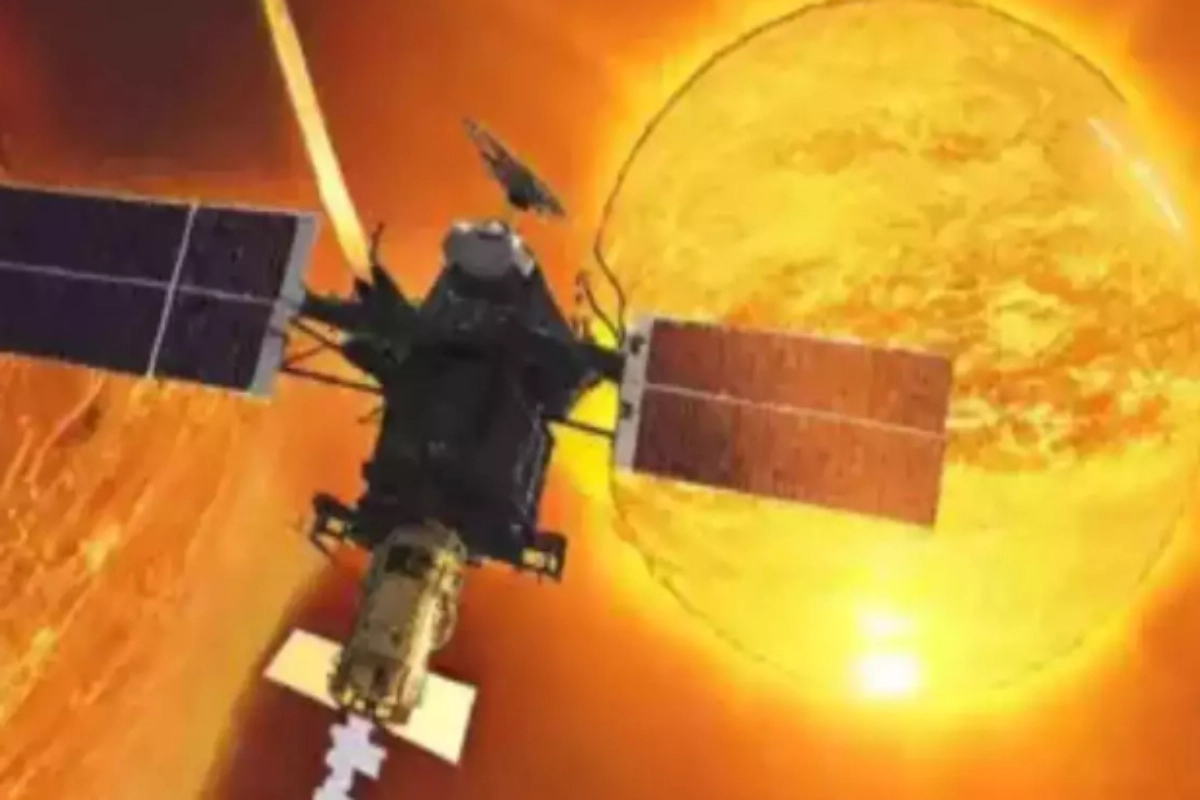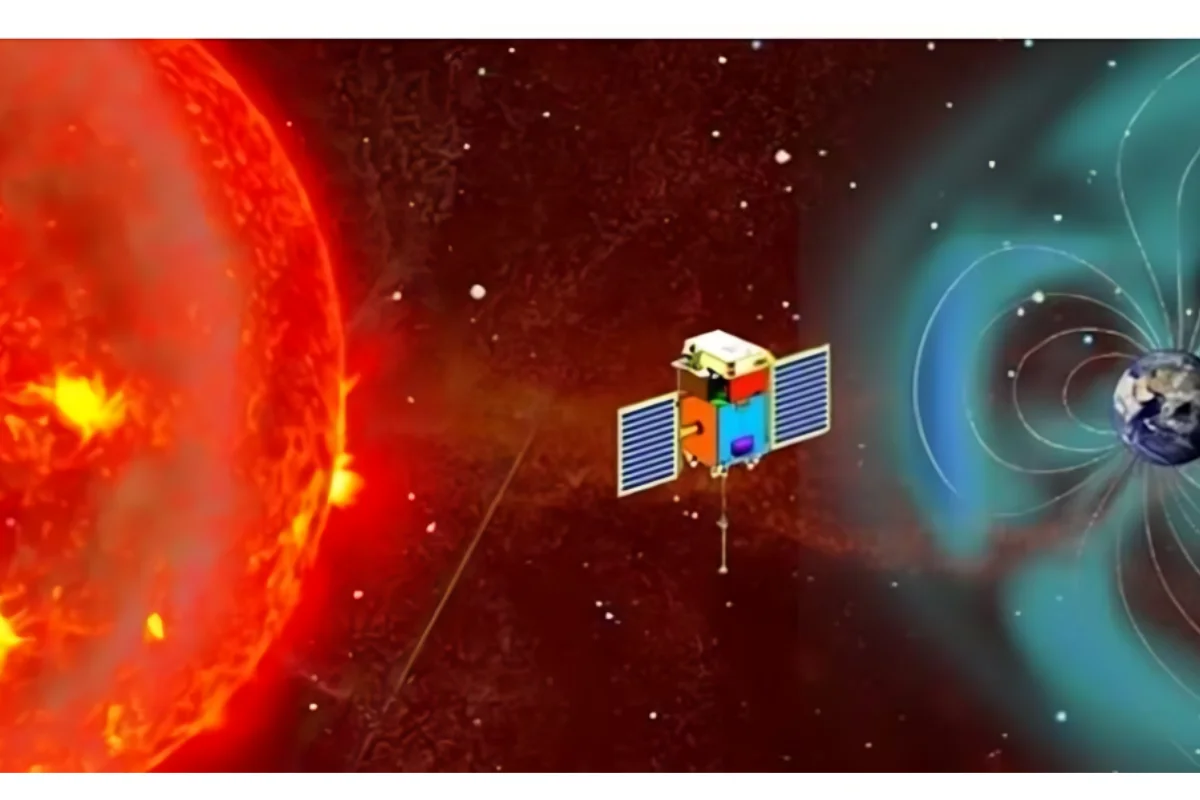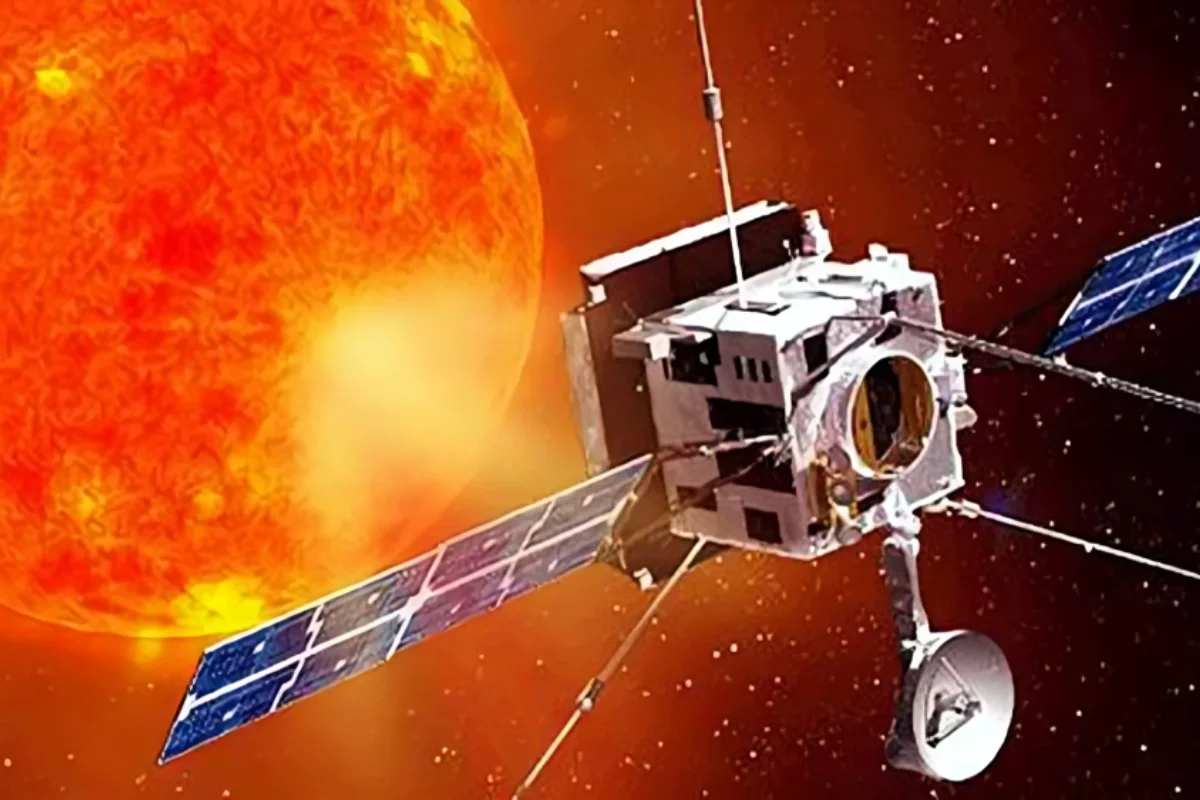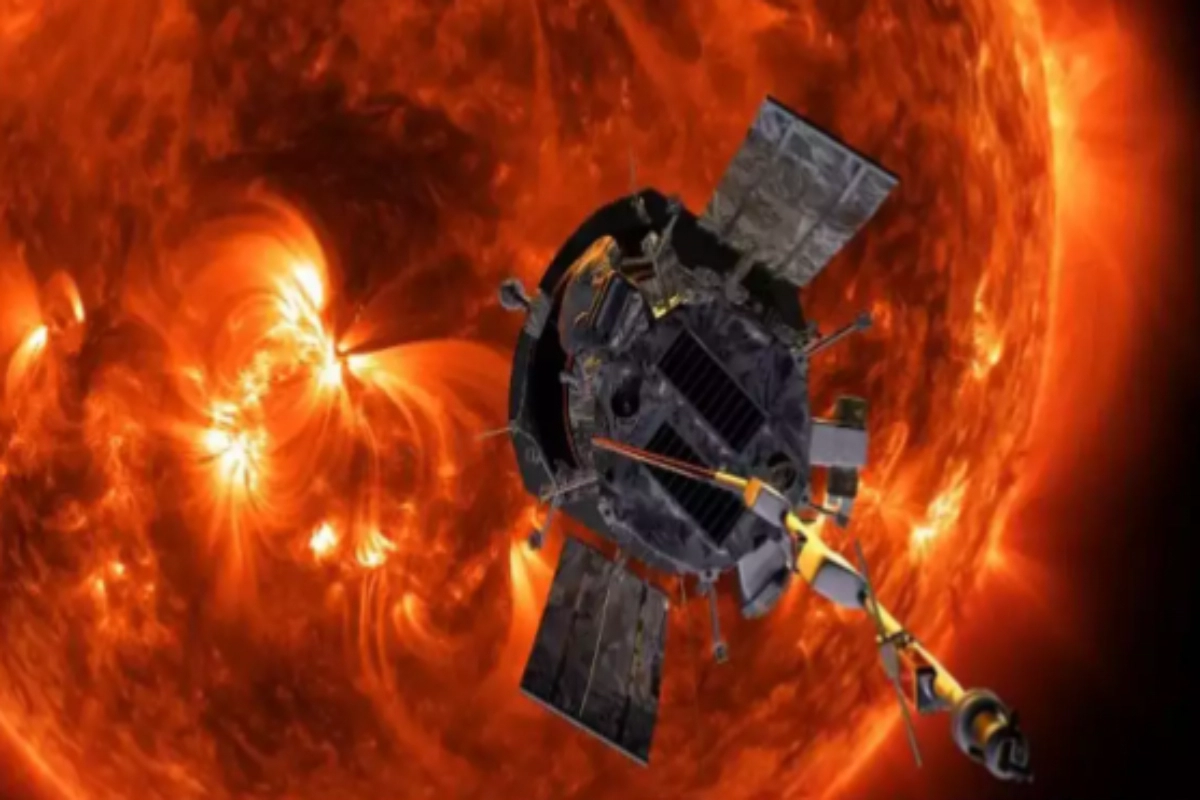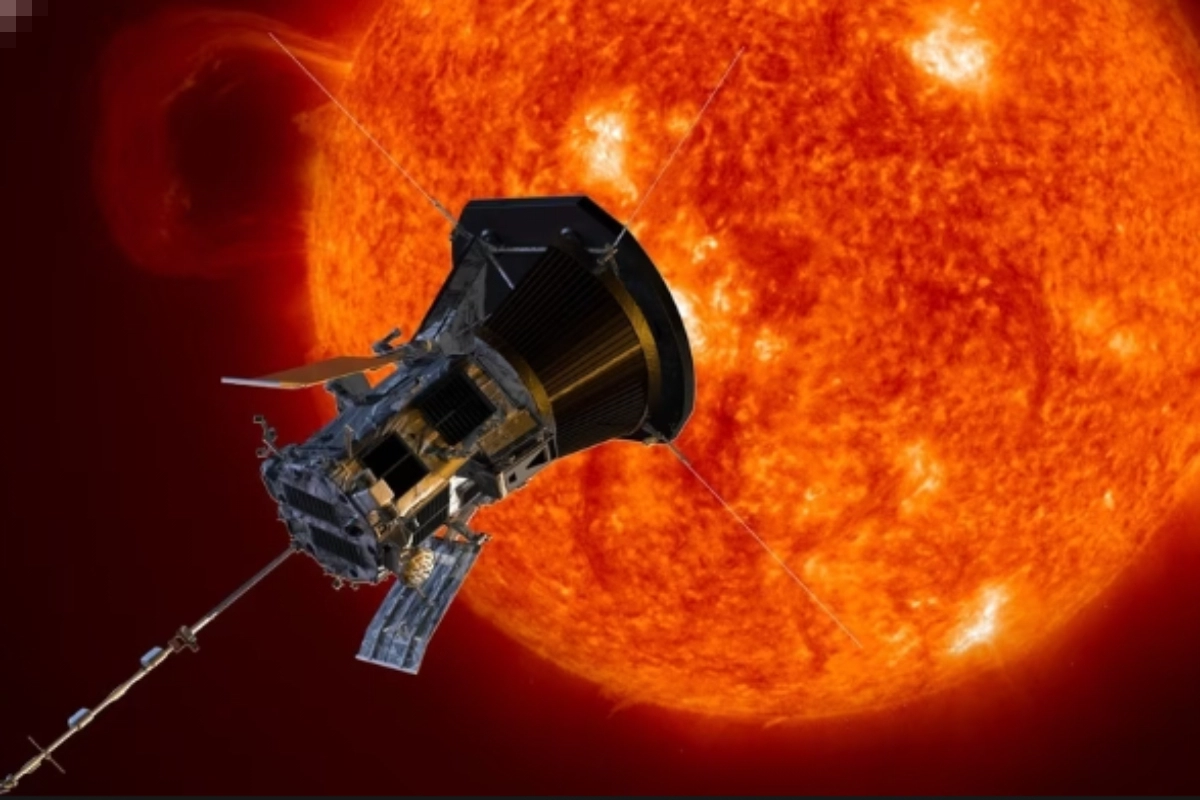Aditya L1: On Saturday, the Aditya L1 spacecraft arrived at its final destination after a 127-day trip, preparing itself for five years of critical observations about various features of the Sun.
Triumphant Placement in Halo Orbit
Following the successful placement of Aditya-L1 into a Halo Orbit around Lagrange Point 1, a region about 1.5 million kilometres from Earth, Isro chief S Somanath stated that the satellite will have a mission life of at least five years, and findings gathered during this time will be significant not only for the Indian scientific community, but for the entire world.
Global Significance of Solar Understanding
“Understanding the Sun is not important for India alone, everyone around the world is looking forward to the findings,” Somanath said in a press conference after the space agency’s scientists completed the final set of manoeuvres to place the ship in a halo orbit around L1. The spacecraft will be able to see how particles and radiation from increased solar activity affect the star from L1, as well as study the star’s outer surface in great detail, which is generally not achievable from Earth or even its orbit.
Milestones in Motion
The 1.5 million mile voyage of the vehicle was accomplished in three parts, according to Annapurni Subramaniam, director of the Indian Institute of Astrophysics, namely the earth-bound orbit, the cruise phase, and lastly the insertion of the craft into the halo orbit. The mission’s orbit phase will now begin, during which the experiments will be activated.
Activating On-Board Science Instruments
“This is a big milestone for us. Now that the craft has been inserted into a halo orbit around L1, we will start the process of operating all the science instruments on-board. The next phase will be a performance evaluation phase and we will start receiving data,” Subramaniam said. The principal payload, the Visible Emission Line Coronagraph (VELC), was created by IIA.
Instruments on Standby to Operate
According to mission experts, the shutters of all instruments on board will be opened in the following days, making them operational. The initial set of data will begin to arrive after a few rounds of testing. “By mid-January, we should start receiving the first set of data from L1,” said Jagdev Singh, India’s solar mission’s initial principal investigator. Seven payloads will be carried by the country’s first solar observatory to research the Sun’s corona, chromosphere, photosphere, and solar wind.
Probing Solar Wind Particles
The seven payloads are: Aditya Solar wind Particle Experiment (ASPEX), Plasma Analyser Package for Aditya (PAPA), Advanced Tri-axial High Resolution Digital Magnetometers, which are in-situ payloads; Solar Ultraviolet Imaging Telescope (SUIT); Solar Low Energy X-ray Spectrometer (SoLEXS); and High Energy L1 Orbiting X-ray Spectrometer (HEL1OS), which are remote sensing payloads.
ASPEX, PAPA, and Magnetometers
The space agency stated that three payloads, ASPEX, PAPA, and Advanced Tri-axial High Resolution Digital Magnetometers, will conduct in-situ studies of particles and fields at L1, providing scientific studies of the propagatory effect of solar dynamics in the interplanetary medium. Four payloads, VELC, SUIT, SoLEXS, and HEL1OS, will use the unique vantage point L1 to view the sun directly.
Aditya-L1 Unveiling Space Weather Mysteries
According to Somanath, the Aditya-L1 mission will provide important insights into various facets of space weather, which will benefit scientists worldwide. Documents from the National Aeronautics and Space Administration (NASA) have made clear that activity on the Sun’s surface produces a particular kind of weather known as space weather.
Sun’s Impact Beyond 150 Million Kilometers
Even though the Sun is just 150 million kilometres away from Earth, space weather may nevertheless have an impact on the planet and the rest of the solar system, sometimes even destroying satellites and bringing on blackouts. ‘Intense radiation is produced by strong solar flares, which send out X-ray and extreme ultraviolet photons towards us. Massive eruptions known as coronal mass ejections, or CMEs, can release enormous amounts of magnetised plasma at speeds of millions of kilometres per hour,’ Dibyendu Nandi, a physics professor and the director of the Centre of Excellence in Space Sciences India at the Indian Institute of Science Education and Research in Kolkata stated. ‘that these are the origins of severe space weather,’ he added.
Gaganyaan Mission Update
Union MoS Dr Jitendra Singh tells PTI News that, “We were planning to launch the Gaganyaan Mission in the year when we completed 75 years of our Independence. However, it was delayed because of COVID-19. However, we are planning to launch Gaganyaan in the first half of 2025.”
Keep watching our YouTube Channel ‘DNP INDIA’. Also, please subscribe and follow us on FACEBOOK, INSTAGRAM, and TWITTER


